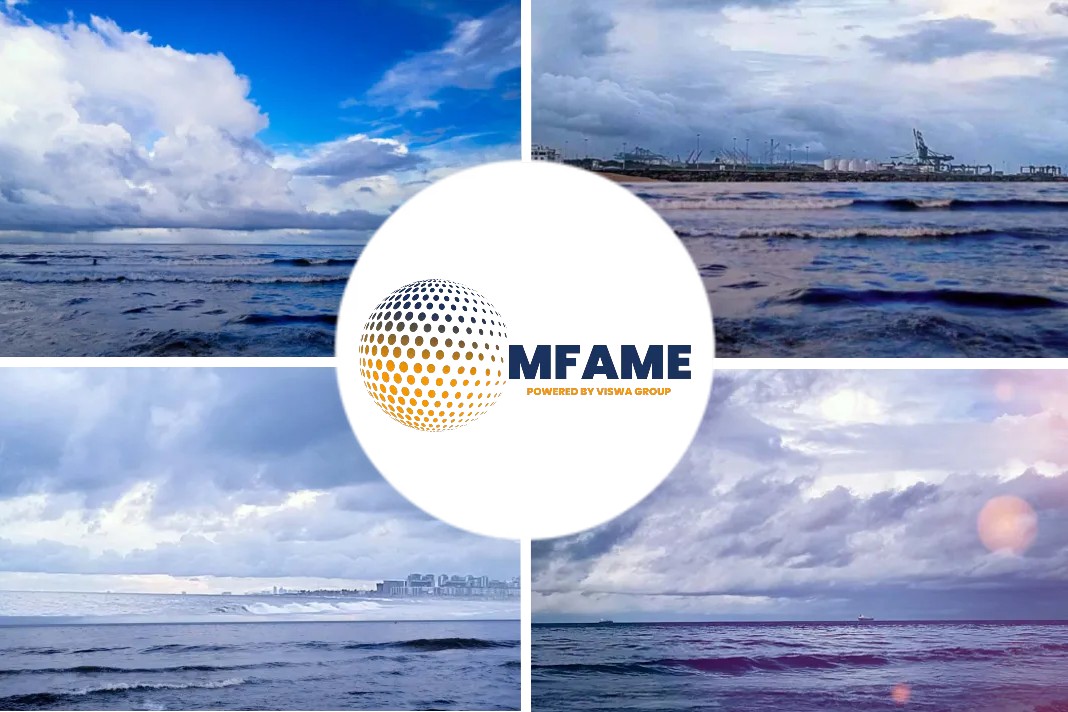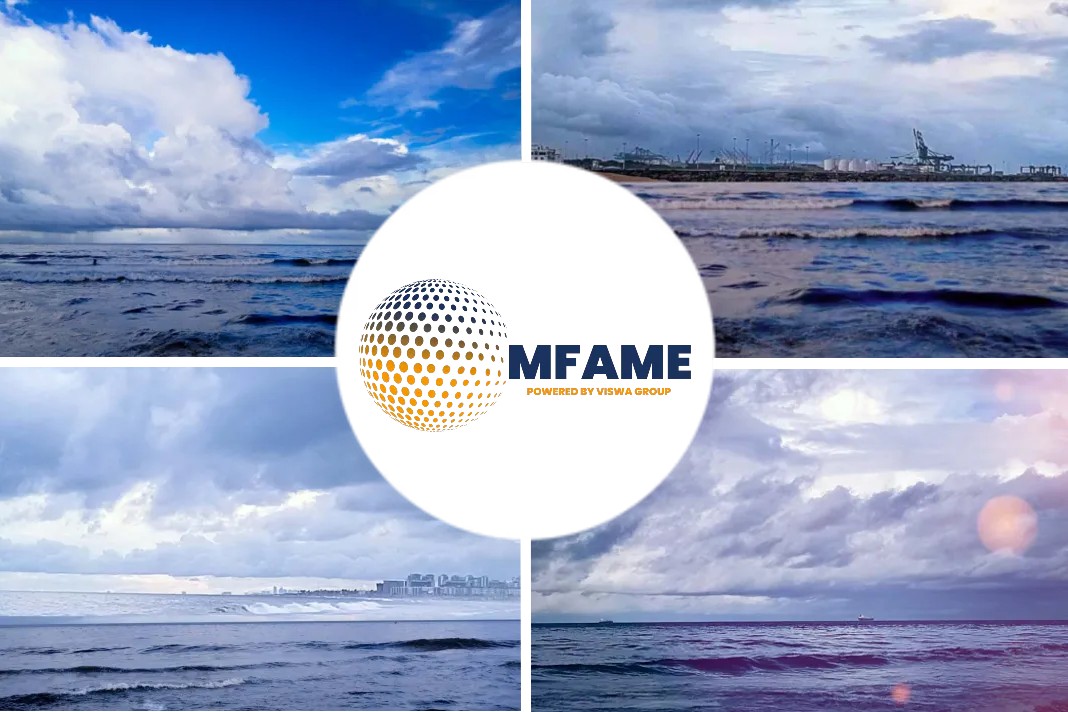Large volumes of shark fins are still entering the city by air and sea through carriers that have pledged to ban the product, an investigation by a conservation group has found.
Hub of activity:
Hong Kong is “the hub” for shark fins, Stokes, the Southeast Asia director at Sea Shepherd Conservation Society explained, and it’s not unusual to see huge shipments of shark fins — accounting for hundreds of thousands of animals — come into the city. But Stokes recently discovered something fishy going on — shipping companies that had previously banned carrying shark fins were the very ones transporting them into Hong Kong.
The way sharks are killed is incredibly cruel — fishermen often catch them, cut off their fins and dump their still-living bodies back into the ocean.
“Fins don’t grow back, so once these animals have been mutilated, they’re no longer able to swim, and if they’re not moving, their gills can’t function and extract oxygen,” Joanna Grossman, a former federal policy advisor for the Animal Welfare Institute, said reporters.
A different shipment of shark fins laid out on the street for drying.
The sharks end up bleeding to death, suffocating or starving, according to Grossman.
Stokes would love to see the shark finning industry banned altogether. But it’s still legal to import fins from most shark species into Hong Kong. The best ways to stop the industry would be to stop consumer demand — followed by getting big shipping companies to ban shark fin products, which is what Maersk, Virgin Australia Cargo, and Cathay Pacific have tried to do.
Maersk bans shark fin carriage:
In 2010, a worldwide ban on shark fin carriage, with 16 of the world’s leading container shipping lines soon was following their example.
“Maersk Line is committed to enforcing our policy not to carry sharks fin products on our ships. It is frustrating that some traders seemingly mis-declare the cargo they intend to ship with us in order to try to get around the restrictions we have put in place. However, we are grateful to Sea Shepherd for their investigative work to highlight this problem, and we are working with Sea Shepherd and other NGOs as well as with HK Customs and other stakeholders to tighten our procedures to ensure the ban we place on carriage of shark fin is effective in the future,” said Tim Smith, Chairman & Chief Representative – North Asia Region, Maersk.
A shark fin worker unloading one of the 45ft Maersk containers in Sheung Wan, Hong Kong.
So how are people still shipping the fins with companies such as Maersk? They don’t label their shipments as shark fins, Stokes explained, but instead as “marine products” or “seafood.” i.e., by misdeclaring the cargo below the deck.
“Because of that, it didn’t ring any alarm bells when they were checking in to ship,” Stokes said.
While it’s still unclear what type of sharks the fins belonged to, Stokes is worried about the high possibility that protected species like oceanic white tip sharks and scalloped hammerheads were among the victims.
Shark fins being removed from their shipping sacks.
“When you see a container full of shark fins that haven’t even been checked by customs, you wonder, ‘How many endangered species are mixed in with those legally caught sharks?'” Stokes said.
Despite the challenges ahead, Stokes is optimistic that things will get better for sharks. He’s already had some positive meetings with the companies to try and find ways to better regulate their cargo.
“They were pretty concerned about how it happened,” Stokes said.
Disclaimer: This video is intended for informational purpose only. This may not be construed as a news item or advice of any sort. Please consult the experts in that field for the authenticity of the presentations.
Did you subscribe for our daily newsletter?
It’s Free! Click here to Subscribe!
Source: Sea Shepherd Global





















